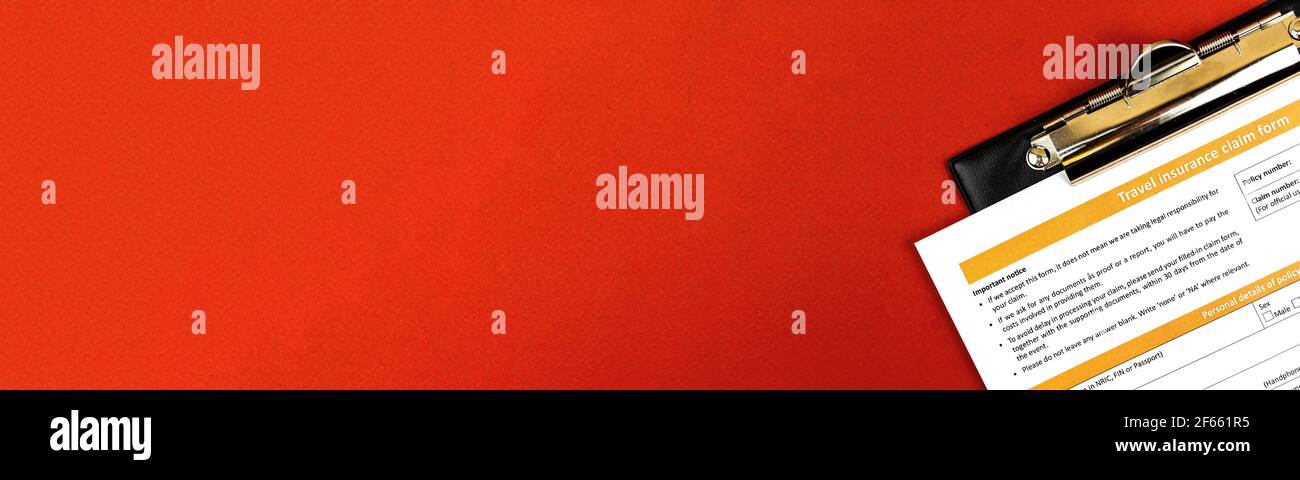Subheading: Assessing Your Situation
When considering removing insurance from a financed vehicle, the first step is to assess your current situation. Review your insurance policy and understand the coverage you currently have. Consider factors such as the age and condition of your vehicle, your driving habits, and your financial circumstances. Assessing your situation will help you determine whether removing insurance is the right decision for you.
Subheading: Reviewing Financing Agreement
Before removing insurance from a financed vehicle, it’s essential to review your financing agreement carefully. Many lenders require borrowers to maintain comprehensive and collision coverage on financed vehicles until the loan is paid off. Failure to maintain adequate insurance coverage could violate the terms of your financing agreement and result in penalties or even repossession of the vehicle. Reviewing your financing agreement will help you understand your obligations and avoid potential consequences.
Subheading: Contacting Your Lender
If you’re considering removing insurance from a financed vehicle, it’s crucial to contact your lender to discuss your options. Inform them of your intention to remove insurance coverage and inquire about any specific requirements or procedures you need to follow. Your lender may have specific guidelines regarding insurance coverage and may require you to provide proof of alternative coverage or pay off the remaining balance of the loan.
Subheading: Exploring Alternative Coverage Options
When removing insurance from a financed vehicle, it’s essential to explore alternative coverage options to protect yourself and your investment. Consider purchasing liability coverage to meet state minimum requirements and protect yourself in the event of an accident. You may also want to consider purchasing uninsured/underinsured motorist coverage to protect yourself in case you’re involved in an accident with an uninsured or underinsured driver.
Subheading: Considering Your Financial Situation
Before removing insurance from a financed vehicle, consider your financial situation carefully. While removing insurance may save you money on premiums in the short term, it could leave you vulnerable to financial risk if you’re involved in an accident or your vehicle is damaged or stolen. Consider whether you have the financial means to cover potential losses out of pocket or if you would be better off maintaining insurance coverage for added peace of mind.
Subheading: Evaluating Your Vehicle’s Value
When deciding whether to remove insurance from a financed vehicle, it’s essential to evaluate the value of your vehicle. If your vehicle is older or has a low market value, you may be able to safely remove comprehensive and collision coverage without significant financial risk. However, if your vehicle is newer or has a higher market value, maintaining insurance coverage may be the wiser choice to protect your investment.
Subheading: Updating Your Insurance Policy
If you’ve decided to remove insurance from a financed vehicle, it’s important to update your insurance policy accordingly. Contact your insurance provider to inform them of your decision and request any changes to your policy. Be sure to obtain confirmation in writing that your insurance coverage has been updated or removed to avoid any misunderstandings or potential issues in the future.
Subheading: Staying Informed
Even after removing insurance from a financed vehicle, it’s essential to stay informed about your insurance options and any changes that may affect your coverage. Keep track of changes in state insurance laws, market trends, and your own financial situation to ensure that you’re adequately protected. Regularly review your insurance needs and adjust your coverage as necessary to meet your changing circumstances. Read more about taking insurance off financed car




